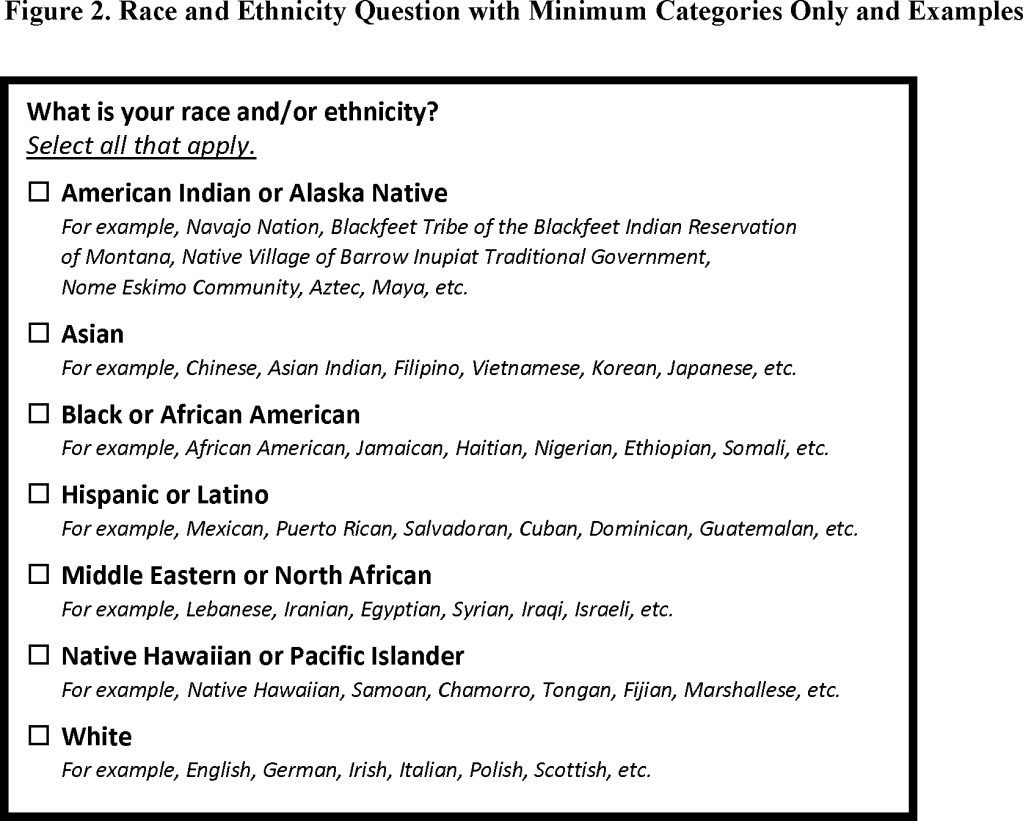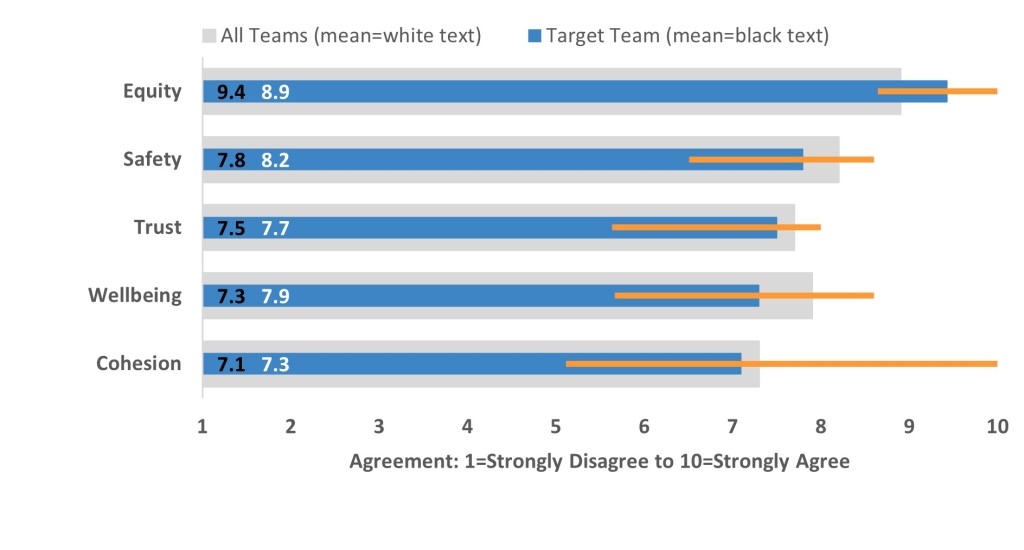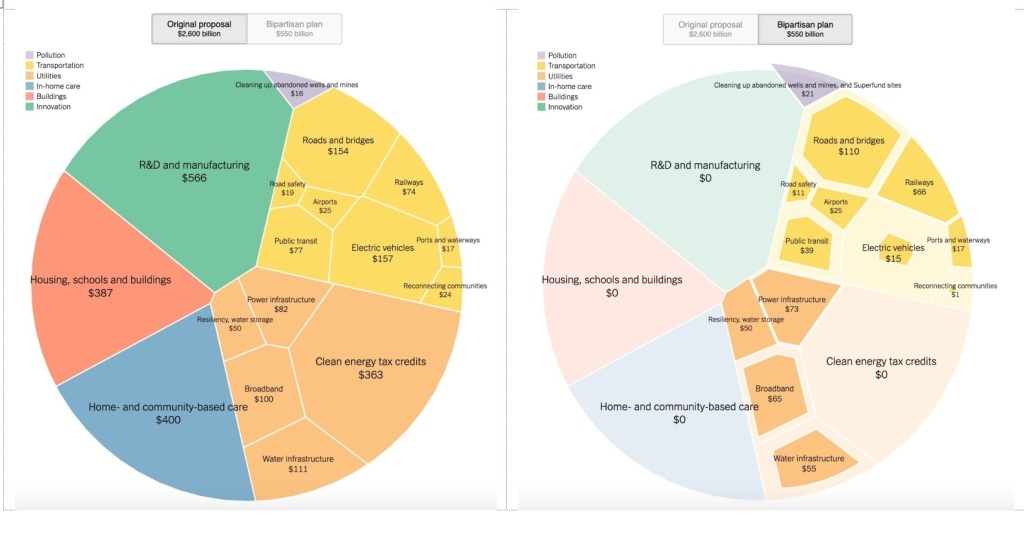After an 18-month review process, OMB has updated the guidelines for federal collection of race and ethnicity data; you can find a brief announcement here and the full report here for data geeks like me. The bottom line is:
- The race and ethnicity questions are being combined into a single question. This is to address the fact that many people who identify their ethnicity as Hispanic or Latino/a/e select either no category or the “some other race” category under the previous version of the race question.
- A new “Middle Eastern or North African” (MENA) category has been added. This is to better capture those who identify as being of Arab, Israeli, or North African descent.
These changes are important because, among other things, resources may be allocated based on accurately quantifying groups, so failing to capture group identity is a form of erasure. This guidance will likely continue to evolve. For example, the Afro-Latino Coalition is concerned that combining the race and ethnicity questions “ensures that Latinos are effectively deracinated and may cause Afro-Latinos to be erased.” (Afro-Latino Coalition, 03/28/24). And the Arab American Institute calls the new standards a “major accomplishment,” but also notes their concern that the new category, as implemented, “does not fully capture the diversity of [MENA] groups.” (Washington Post, 03/28/24).
Procedures are in place to continue to re-visit these decisions, but for now, the guidance is summed up in the following table from the full report:









